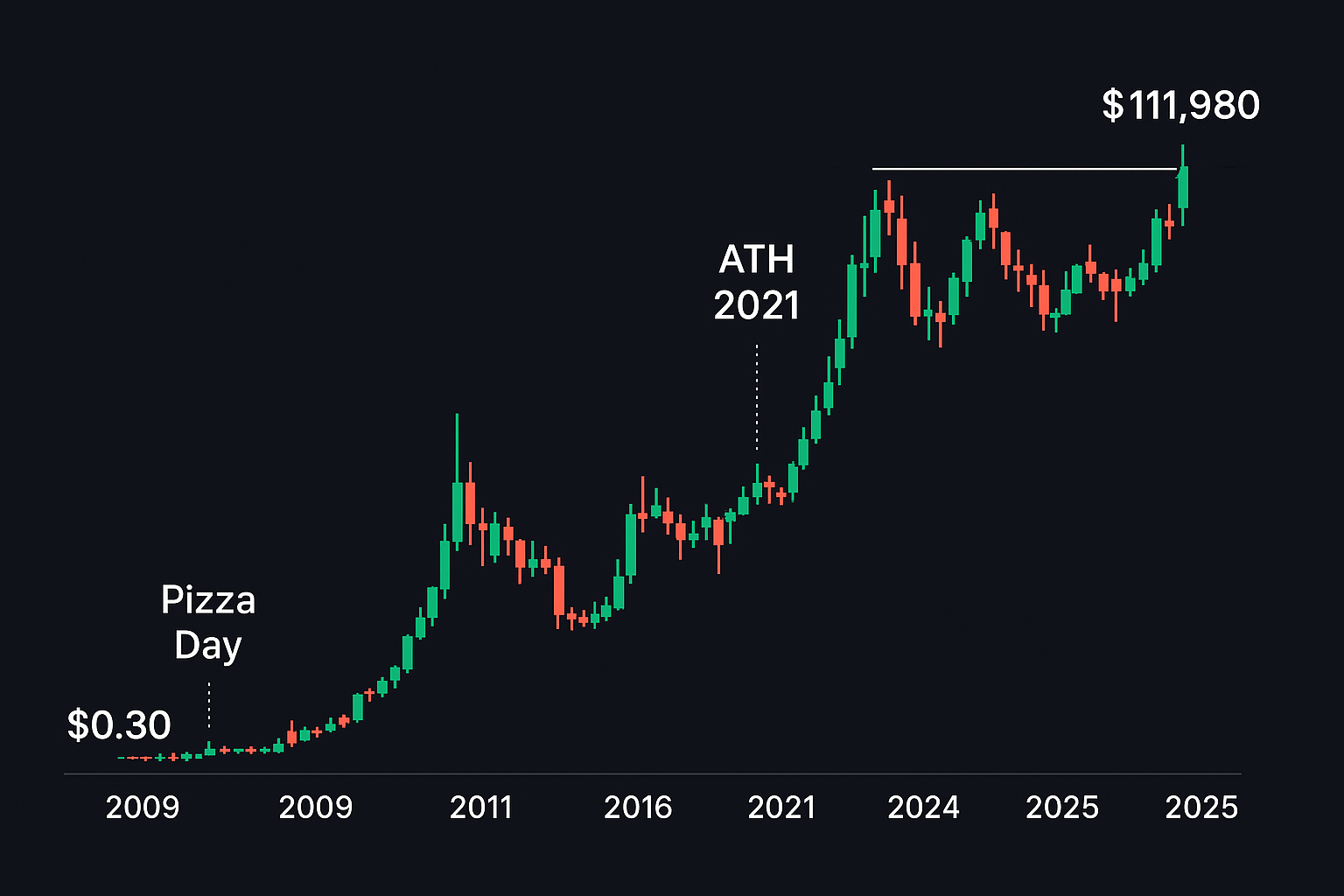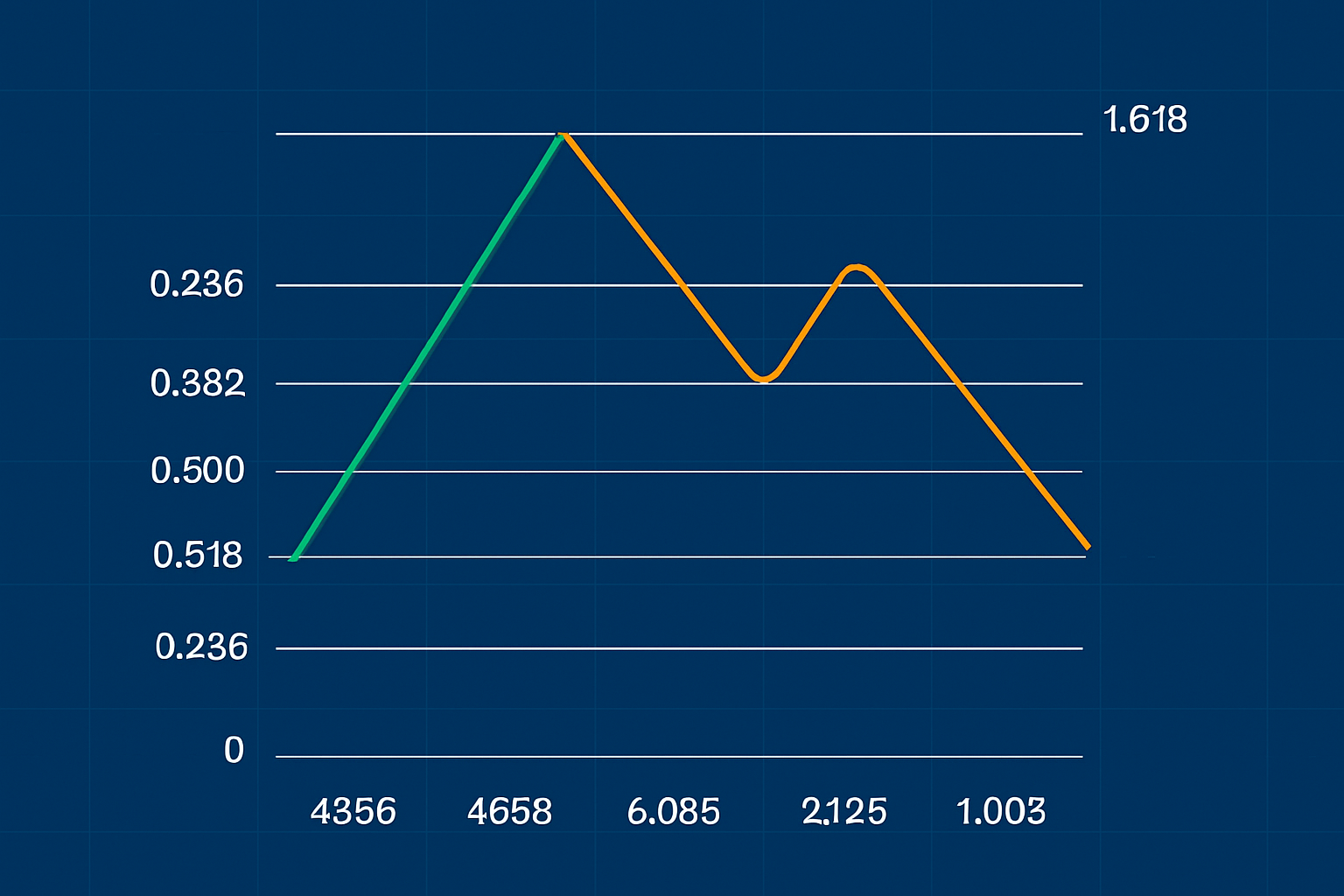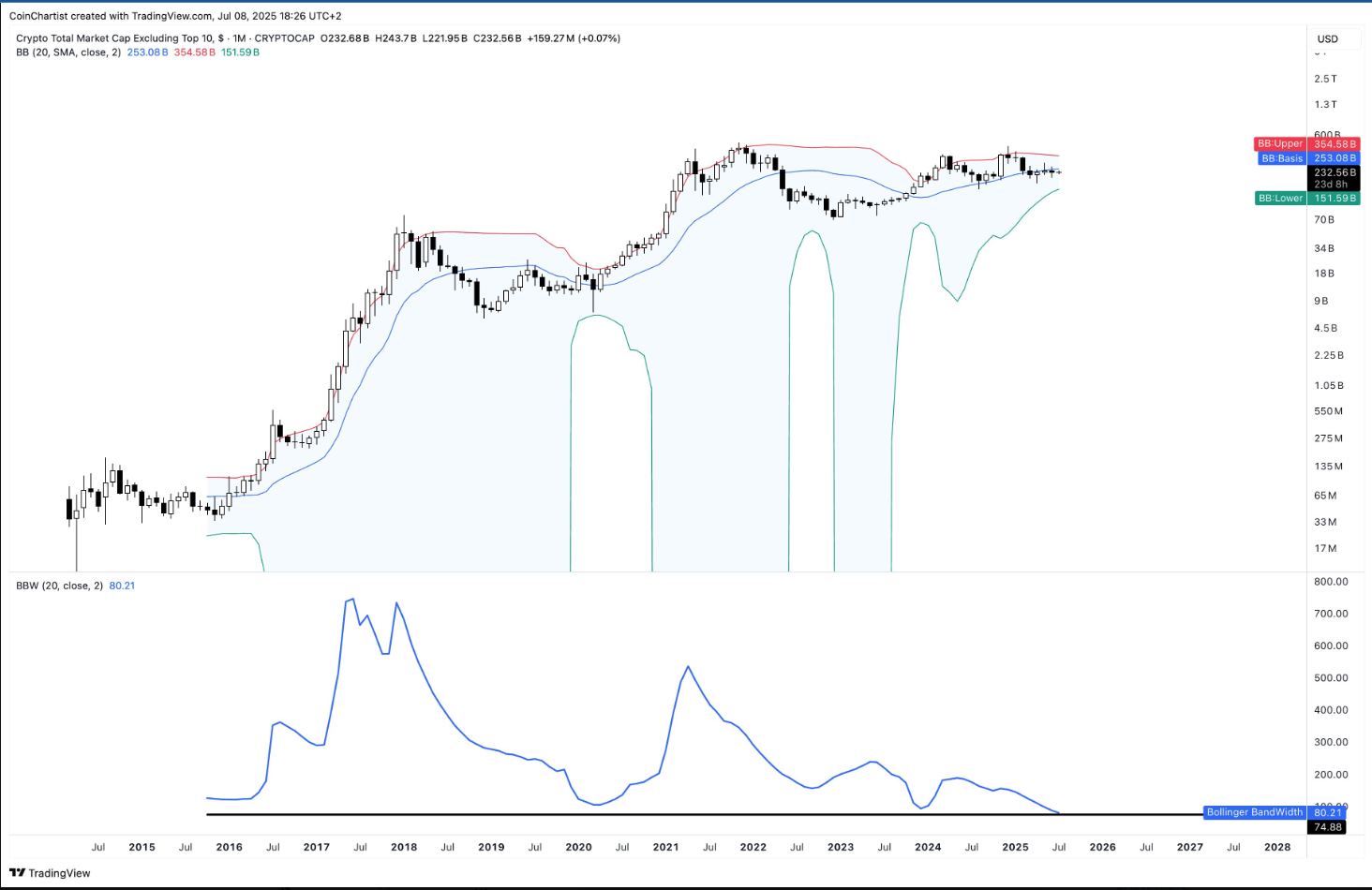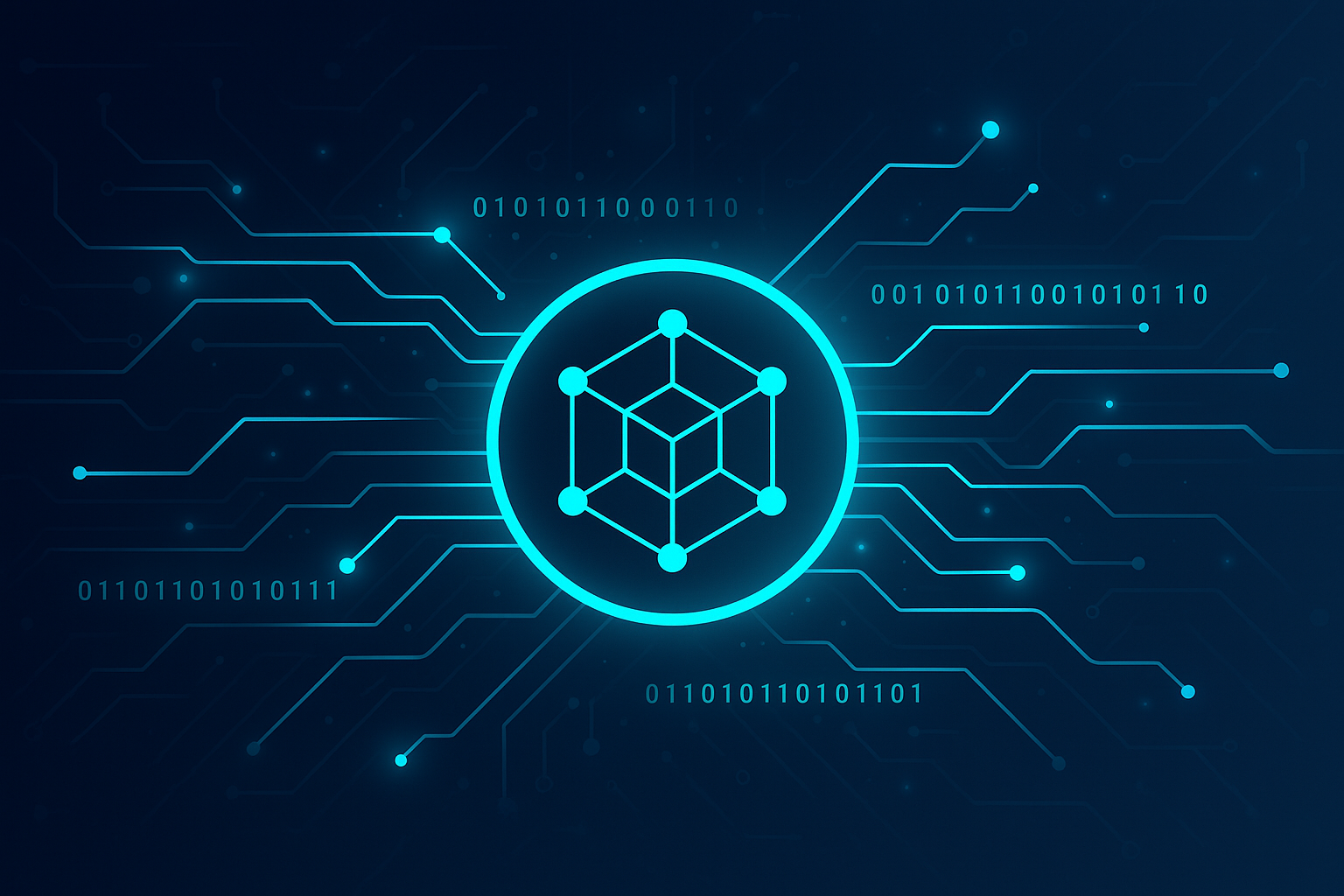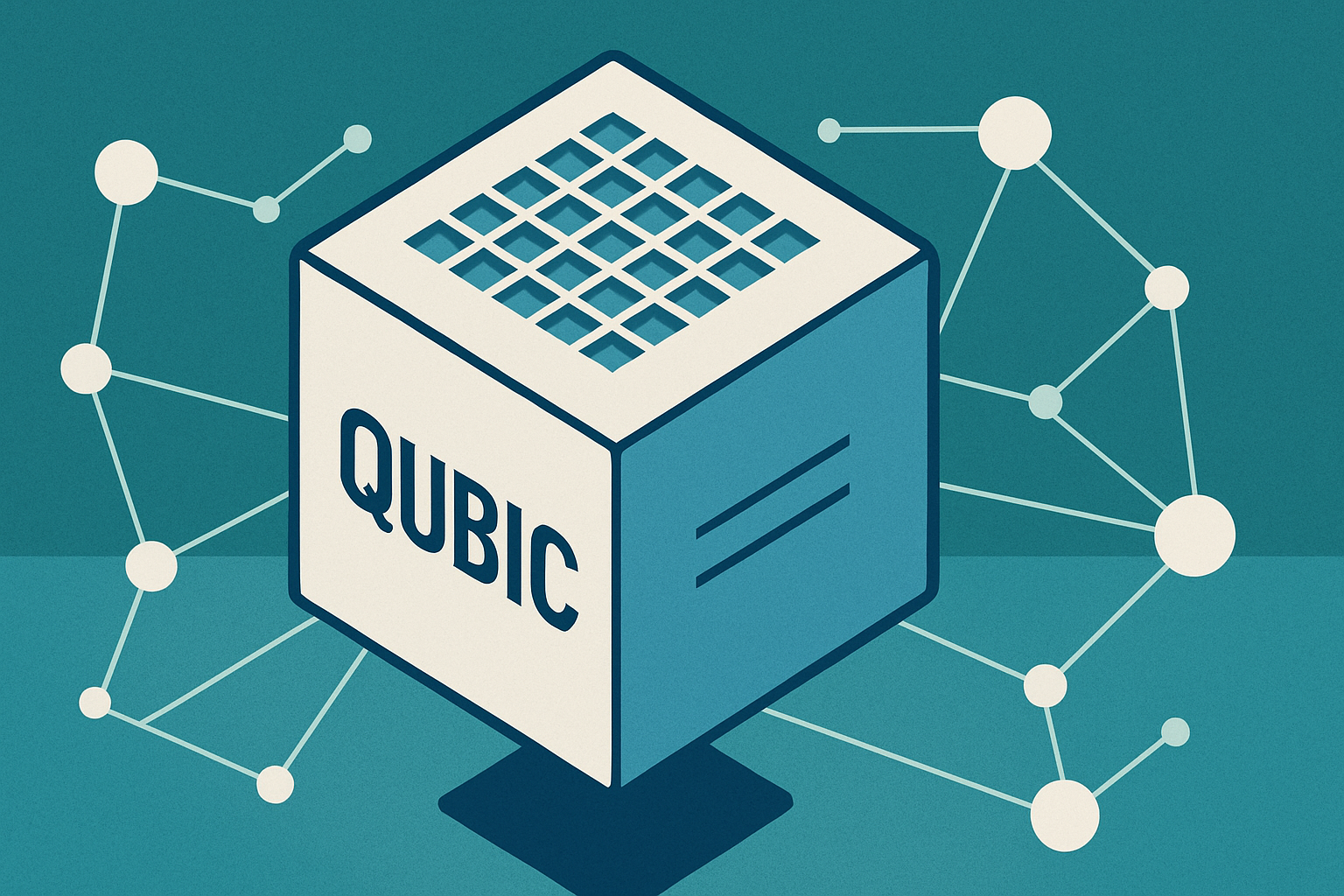Key Takeaways
-
Amazon has deployed its 1 millionth warehouse robot.
-
Introduced DeepFleet, a generative-AI model that boosts robot fleet routing efficiency by ~10%.
-
Robots now assist with ~75% of Amazon’s global deliveries.
-
Over 700,000 employees have undergone upskilling to support automation roles.
Introduction
Amazon recently announced a major automation milestone: its millionth warehouse robot just rolled off the line in Japan. This massive deployment underscores how deeply robotics has integrated into Amazon’s fulfillment centers, operating across 300+ sites worldwide.
How It Works: The Power of DeepFleet
DeepFleet acts like a traffic-control system for Amazon’s massive fleet of robots. It optimizes movement, cuts down travel time by ~10%, and smartly reduces congestion in busy warehouse aisles. The system uses AWS SageMaker and huge datasets to continuously learn and improve fleet coordination.
Key Features
-
On-point routing: Dynamically directs robots away from crowded paths.
-
Efficiency gains: Fewer miles traveled per task = faster delivery, lower costs, less energy use.
-
Learn-as-you-go: Deep learning model that improves as more operational data comes in.
Use Cases
-
Order Fulfillment: Robots like Hercules, Pegasus, Proteus, and Vulcan pick and transport items from shelved stock.
-
Heavy Lifting: Hercules moves pallets, Pegasus handles fine sorting, and Proteus navigates safely around humans.
-
Global Distribution: Deployed across 300+ facilities, robots now help deliver ~75% of Amazon shipments.
Workforce Impact & Upskilling
Rather than replacing staff, Amazon positions robots as teammates, reducing repetitive tasks and injury risk. Robots enable employees to pursue higher-skilled roles like system oversight, maintenance, and AI operations. Over 700,000 workers have been trained to support this shift.
Closing Thoughts
Amazon’s 1 million robot milestone and DeepFleet AI show how automation can drastically enhance supply-chain efficiency. While concerns about job displacement remain, the expansion into technical roles and training programs suggests a future where humans and machines collaborate, making fulfillment smarter, safer, and faster.



